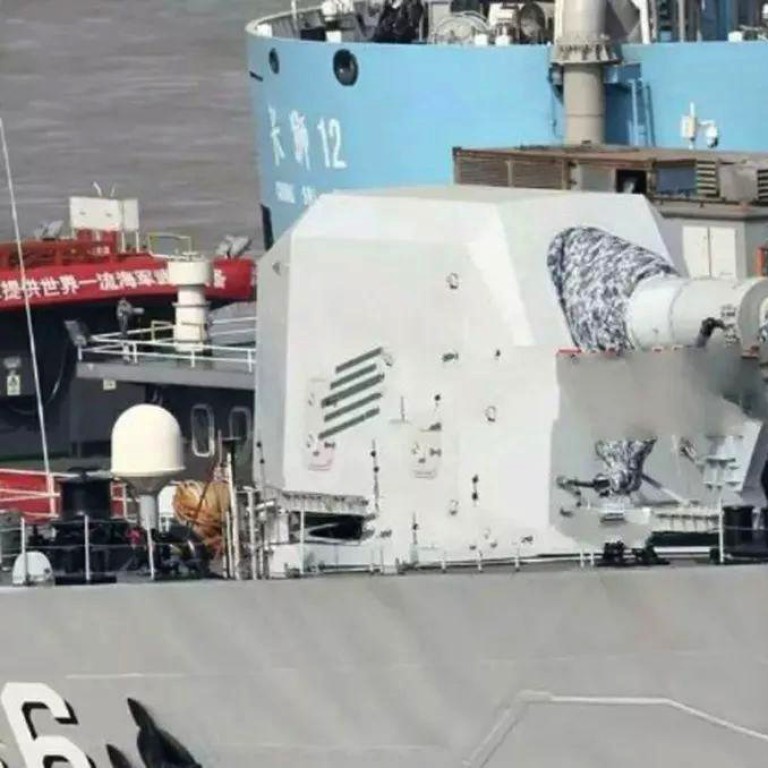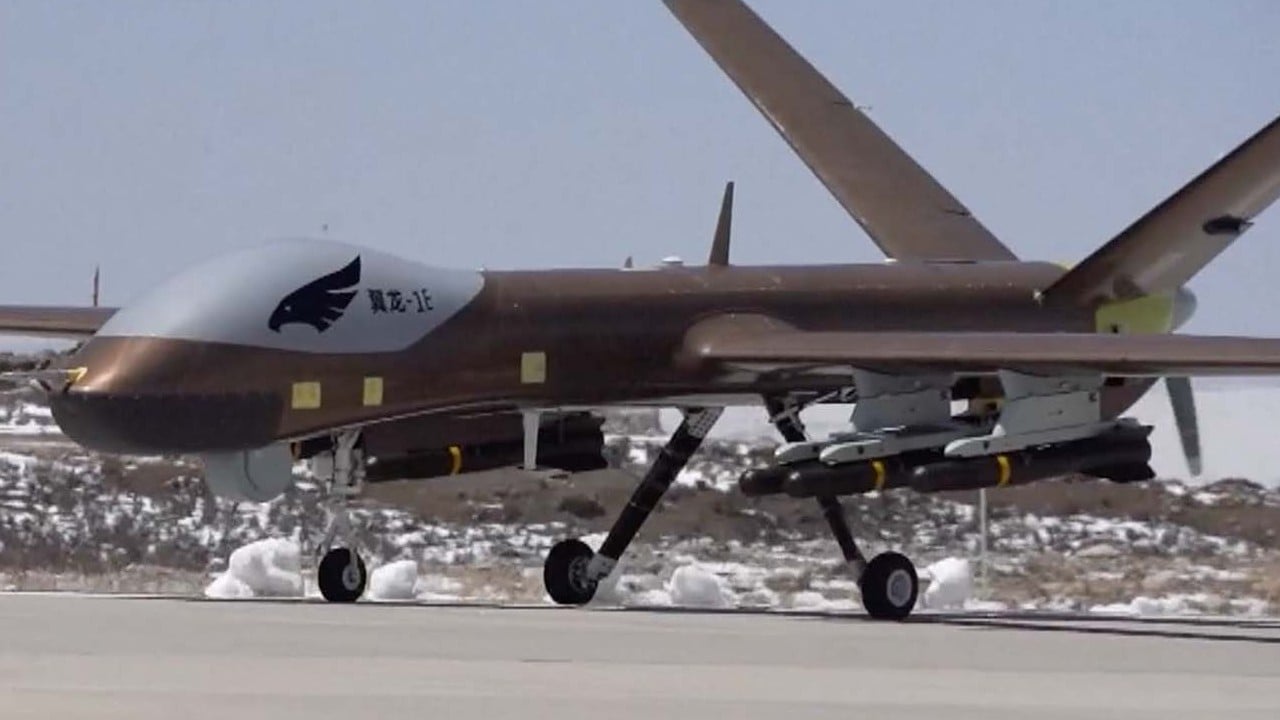
Ready, aim, print: China’s rail gun gets an edge with 3D-printed part
- Military researchers use the technology to improve speed, durability of coveted army weapon
- New part is about half the weight of those made with traditional methods
“The obvious benefits point to an important road to the future,” said senior military engineer Zhang Qingxia and her colleagues in a paper published in the domestic peer-reviewed journal Ordnance Material Science and Engineering on January 11.
Zhang, who led the research team at an army weapon research institute based in Beijing, said they 3D-printed one of the most critical components of the rail gun system.
Chinese team reveals hypersonic weapons breakthrough for aircraft carrier
Through a series of tests, it was proved that smart manufacturing technology could effectively increase the performance of a rail gun even in the most demanding conditions, the researchers said in the paper.
A rail gun is a kinetic energy weapon that uses electromagnetic force to fire a non-explosive projectile at seven times the speed of sound. A ship-mounted Chinese version of the weapon is being developed to hit a target more than 200km (125 miles) away, far greater than the range of conventional artillery.
But compared to traditional methods such as casting or forging, 3D-printed parts can be weaker and therefore unsuitable for the demands of something like a rail gun, which operates under extreme physical stress and powerful electric currents.
By using a laser beam to melt fine powder obtained from an aluminium alloy, Zhang’s team was able to 3D print the weapon’s armature, resulting in a component that was about half the weight of those made with traditional methods.
The key is in the weight of the armature – the lighter it is, the faster the projectile will travel when launched from the gun.
By using hollow structures, 3D printing can make armatures lighter, but the process has many challenges since armatures must endure enormous stress, according to Zhang.
The hollow structures that allow for weight reduction also create fragility. If they are located in the wrong place of the armature, the electric current will be impeded, increasing the risk of melting and failure.
Zhang’s team printed two prototypes – one with holes throughout the body of the component and the other with less empty space in areas where the electric currents concentrated.
The ultralight weight helped and the 3D-printed structure also appeared to be more flexible during acceleration. A slight change in shape had significantly reduced the amount of wear to the component from the rail.
Is 3D printing the next big thing in high jewellery?
However, when the researchers increased the strength of the electric current, the component melted.
The other version with fewer holes could endure both the electronic and physical stress when the hypersonic weapon was operating at peak power output.
While the increase in launch speed was a modest 5 per cent, the experiment suggested that 3D printing technology provided advantages over traditional manufacturing methods, according to the researchers.
China, however, has continued efforts to develop rail gun technology.
In 2018, China’s military test fired a rail gun on a warship, though the launch exposed serious problems.
China’s military has said that by boosting the effective firing range of the country’s war ships, rail guns could help protect overseas infrastructure investments.
Advances in electromagnetic rail gun propulsion have also trickled down into China’s civilian sectors, such as hyperloop testing, which aims to someday propel passenger trains to a speed of 1,000km/h (621mph).


